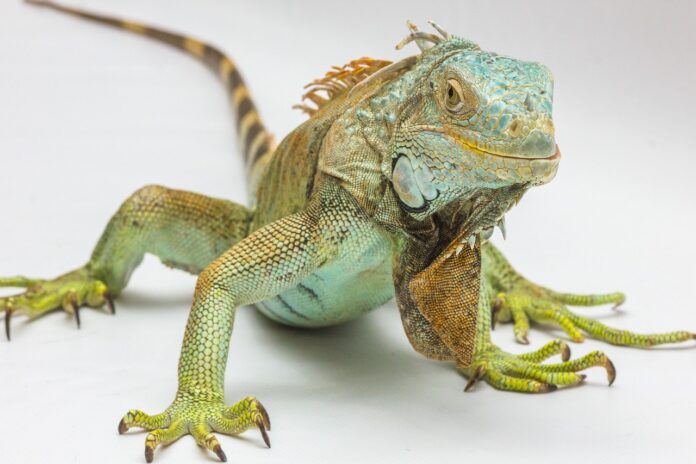Iguanas are fascinating creatures known for their unique adaptations, one of which is their third eye. Unlike the two primary eyes that provide vision, the third eye, called the “parietal eye,” has a very different function.
The Parietal Eye
The parietal eye is located on the top of an iguana’s head, between its two primary eyes, and appears as a small spot or scale. This eye does not form images like the other two eyes. Instead, it is sensitive to changes in light and can detect variations in brightness.
Function and Importance
The primary function of the parietal eye is to help iguanas navigate their environment and sense their surroundings. This eye plays a crucial role in detecting changes in lighting conditions, such as the transition from day to night or the presence of shadows. These abilities are essential for survival, aiding in activities such as foraging and avoiding predators.
Environmental Awareness
In addition to navigation, the parietal eye helps iguanas stay aware of their environment. It can detect sudden changes in light, which might indicate the approach of a predator or other threats. This sensitivity to light changes provides iguanas with an additional layer of security, particularly when they are resting or sleeping.
Similar Adaptations in Other Species
Iguanas are not the only animals with this adaptation. Many other reptiles, as well as some species of fish, have a parietal eye. This feature is believed to have evolved to enhance these animals’ ability to survive in their respective environments by improving their ability to detect and respond to changes in light.
